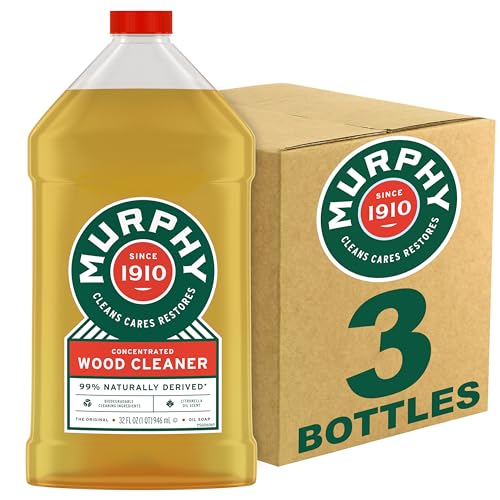8 things to never use steel wool on when cleaning around your home – and what to use instead
Avoid scratches and damage caused by this highly abrasive material, professional cleaners warn

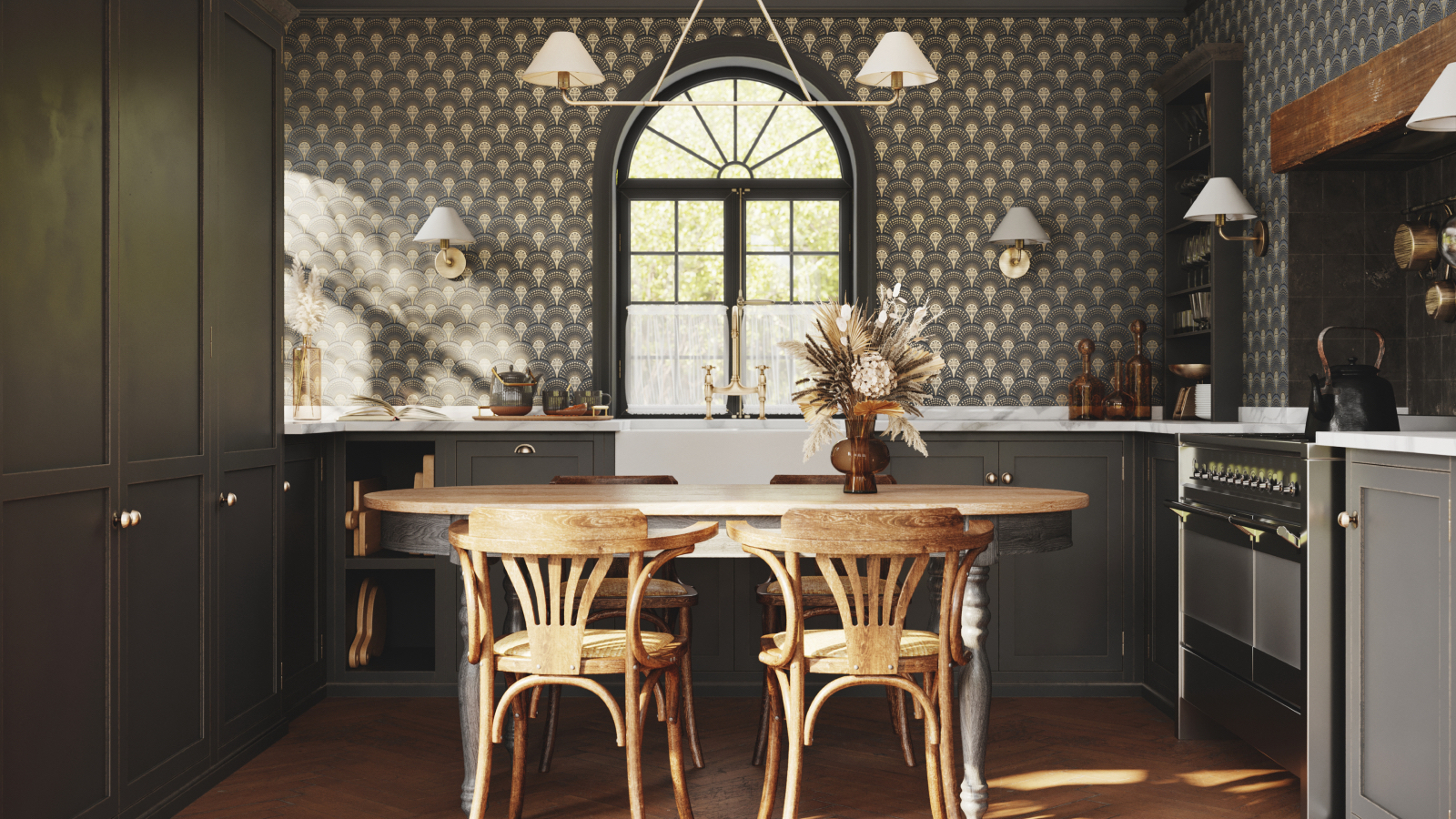
Steel wool is one of the best abrasive, non-chemical cleaning solutions to use around your home. It is excellent for removing rust, scrubbing burnt food off of some cookware, and even keeping out pests.
However, due to this rough, sharp texture, there are a number of things around the home to never use steel wool on, as professional cleaners warn it can cause irreparable scratching and long-lasting damage.
Here, these experts share their most important cleaning tips for what to never use steel wool on around the home, and what to use instead to tackle stubborn cleaning tasks.
8 things to never use steel wool on when cleaning around your home
So far as cleaning hacks to avoid goes, using steel wool on everything is certainly up there. While there are some things you can clean with steel wool, it's often better to err on the side of caution.
These are the top eight to avoid at all costs.
1. Glass
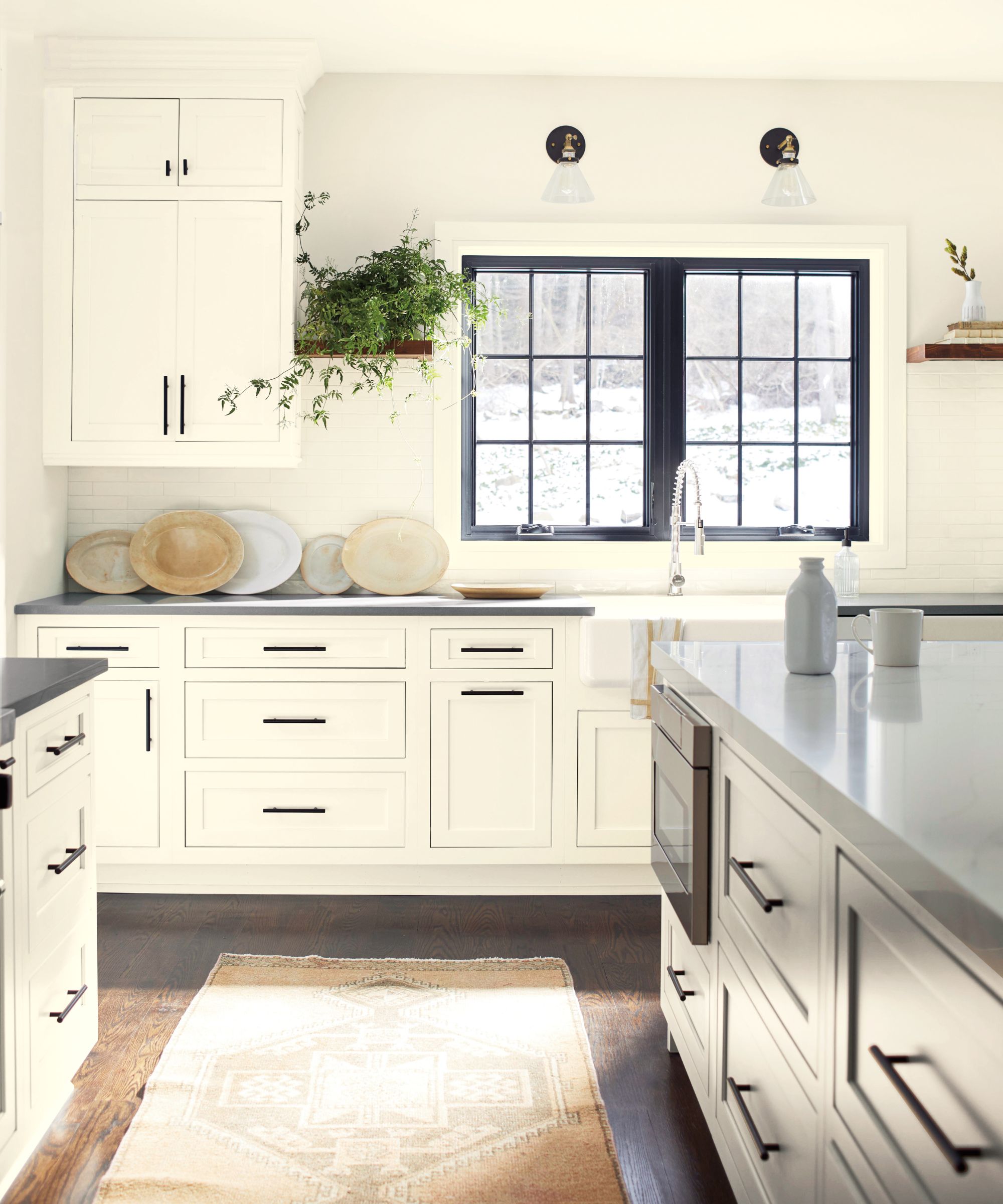
Glass surfaces, be it your windows or glass stove top, are exceptionally easy to scratch, meaning that steel wool will lead to them appearing cloudy and etched.
'Steel wool can scratch glass surfaces, leaving behind unsightly marks that are nearly impossible to fix without professional help,' warns Erin Zanelli, co-founder at CFO of Tranquil Home.
Design expertise in your inbox – from inspiring decorating ideas and beautiful celebrity homes to practical gardening advice and shopping round-ups.
Instead, try cleaning with baking soda as a milder abrasive if absolutely needed, or use a commercial cleaner, such as cleaning with The Pink Stuff if you need to remove stubborn build-up such as limescale, dirt, or burnt food on all sorts of glass surfaces, including cleaning glass shower doors.
2. Non-stick cookware
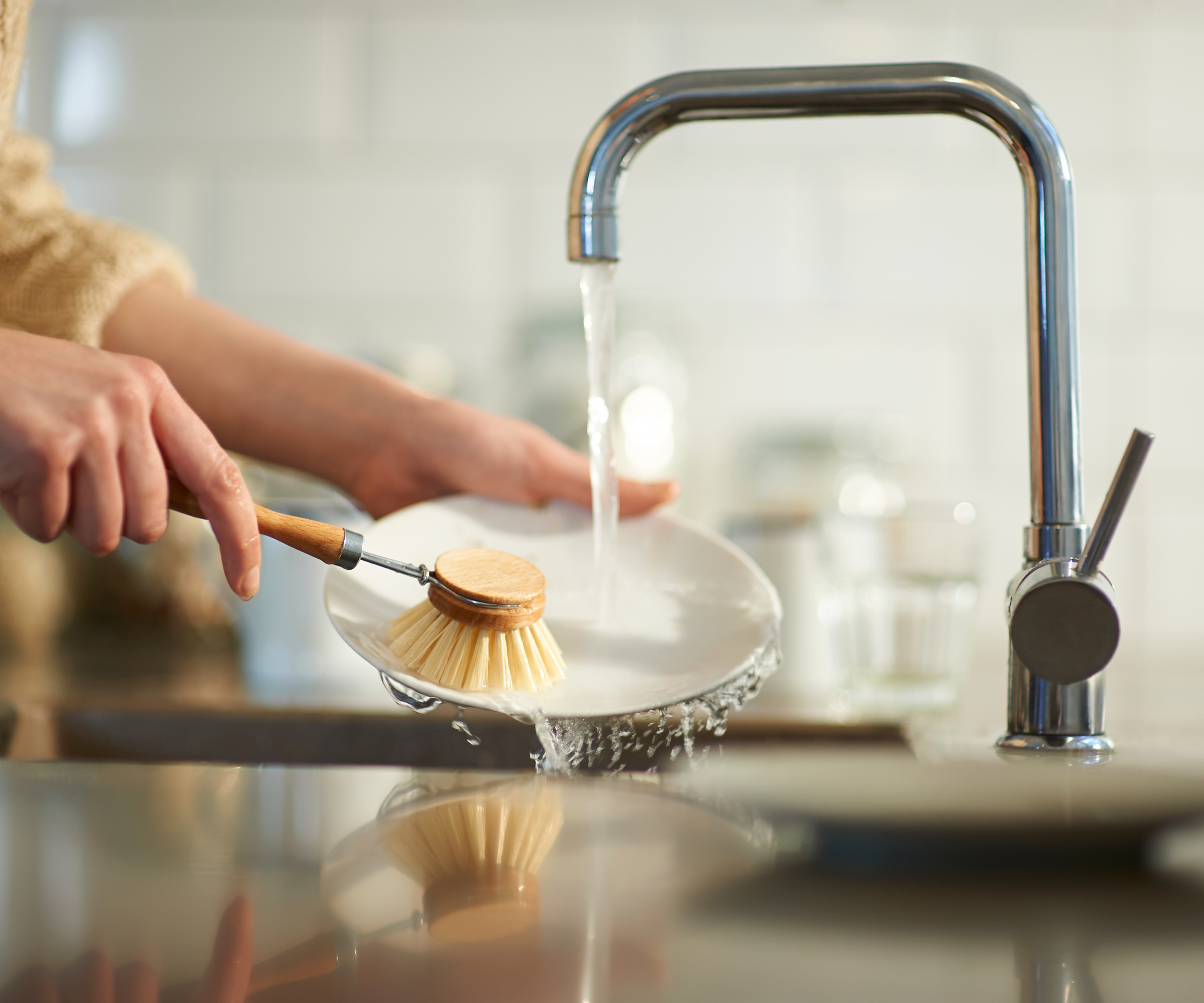
Given how much we spend on our cookware, it is vital that we then avoid some common mistakes when cleaning kitchenware – such as not putting non-stick pans in the dishwasher and avoiding steel wool.
'Non-stick pans shouldn't be cleaned with steel wool, or anything abrasive,' says Alessandro Gazzo, professional cleaner at Emily's Maids. 'This is a material that's toxic to us, and can be dangerous in the long run,' as once the coating is compromised, particles may end up in food.
Instead, use a soft sponge, or a silicone scrubber with a mild dish soap, such as Dawn Platinum Powerwash, number one top rated at Amazon. 'Always use hot soapy water first, and let the soap act on the surface for 30 minutes,' adds Gazzo. 'After 30 minutes, everything will come out by just wiping your pan with a sponge.'
3. Stainless steel
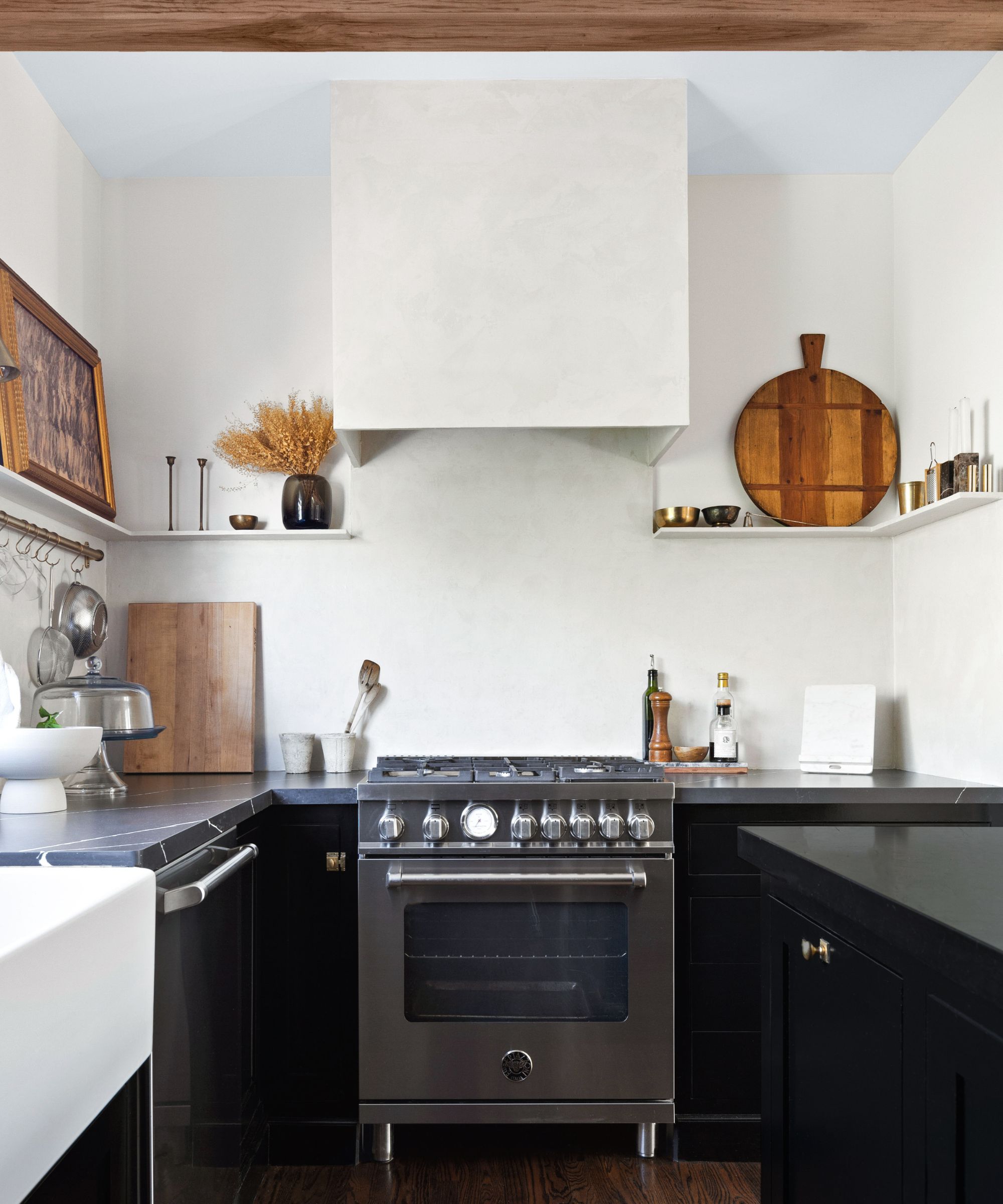
Wondering how to clean stainless steel appliances? It's definitely not with steel wool.
'Despite its name, stainless steel can still scratch easily,' says cleaning expert Zanelli. 'Steel wool can create micro-abrasions that not only dull the shine but also make the surface more susceptible to rust and corrosion.'
Instead, use a product specifically formulated to clean stainless steel, such as the bestselling Weiman Stainless Steel Cleaner & Polish Spray available at Walmart, with a microfiber cloth, perfect for a streak-free finish.
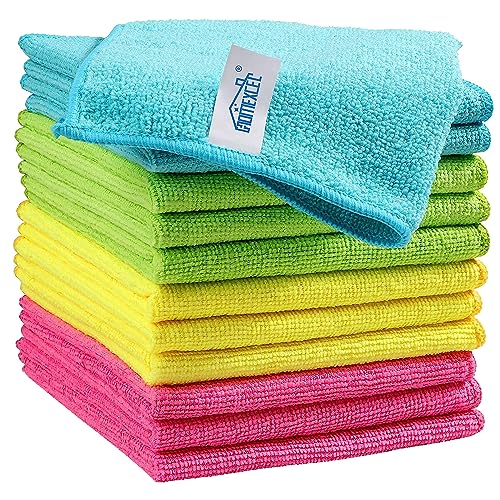
You can never have enough microfiber cleaning cloths in your cleaning cabinet. Stocking up on multi-color clothes means you can color-code your cleaning to prevent cross contamination, too.
4. Marble and granite countertops
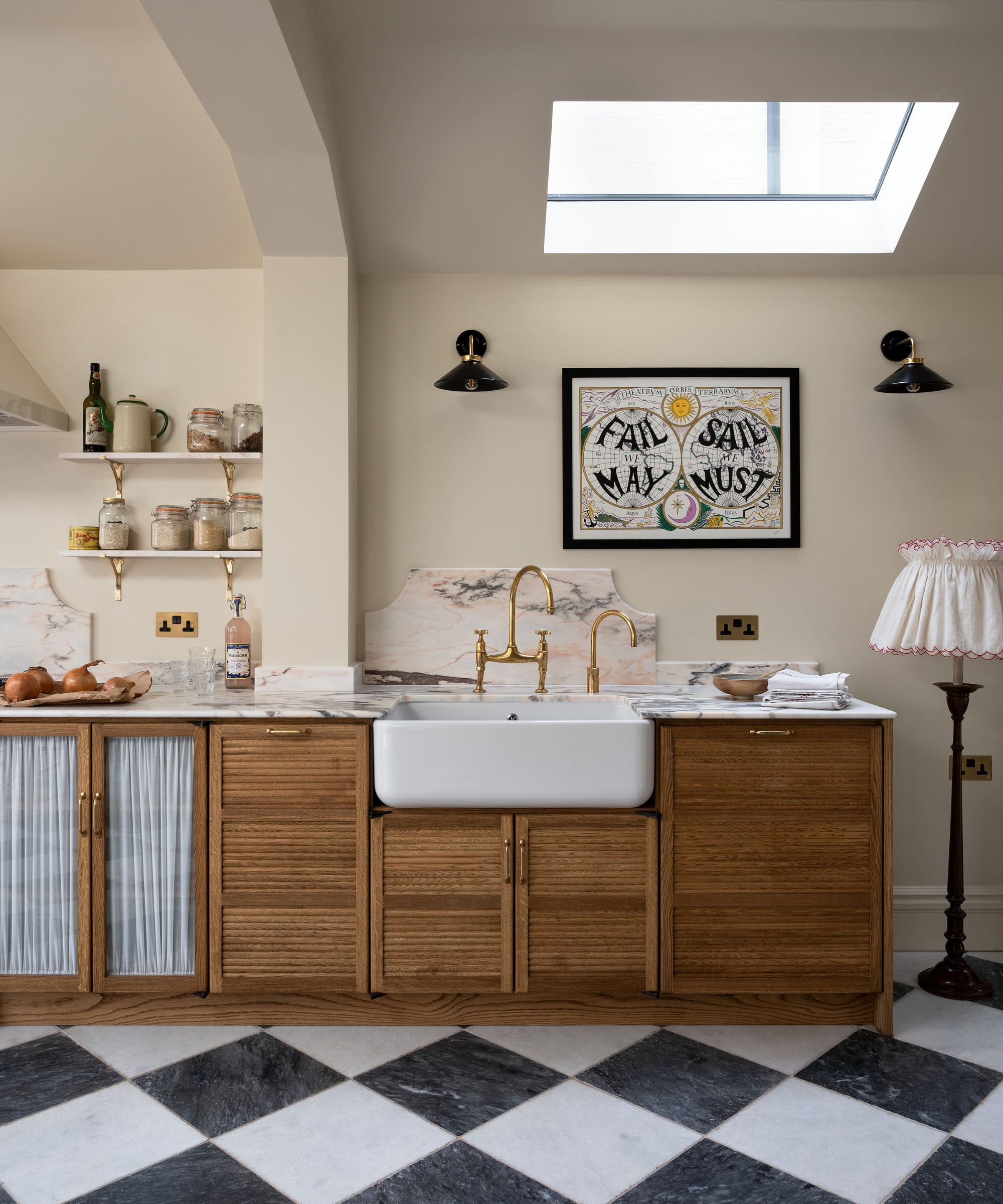
Natural marble and granite countertops are always at the forefront of kitchen countertop trends and are often used as bathroom countertop materials, but, as an expensive investment, you will want to ensure you care for your statement surfaces properly.
'You shouldn't use steel wool on natural stone countertops, like granite or marble,' says professional cleaner Gazzo. 'It has this invisible coating that isolates the stone from water and other chemicals. If you scratch this, you might damage this coating and liquids can leak into the stone.'
Instead, Gazzo recommends using a soft sponge, such as the SUGARDAY Kitchen Sponges available at Walmart, with a specialized stone cleaner. We recommend the Weiman 2-IN-1 Quartz & Stone Cleaner with UV Protection available at Walmart for this, which cleans, shines and protects with a fresh citrus scent.
5. Wood
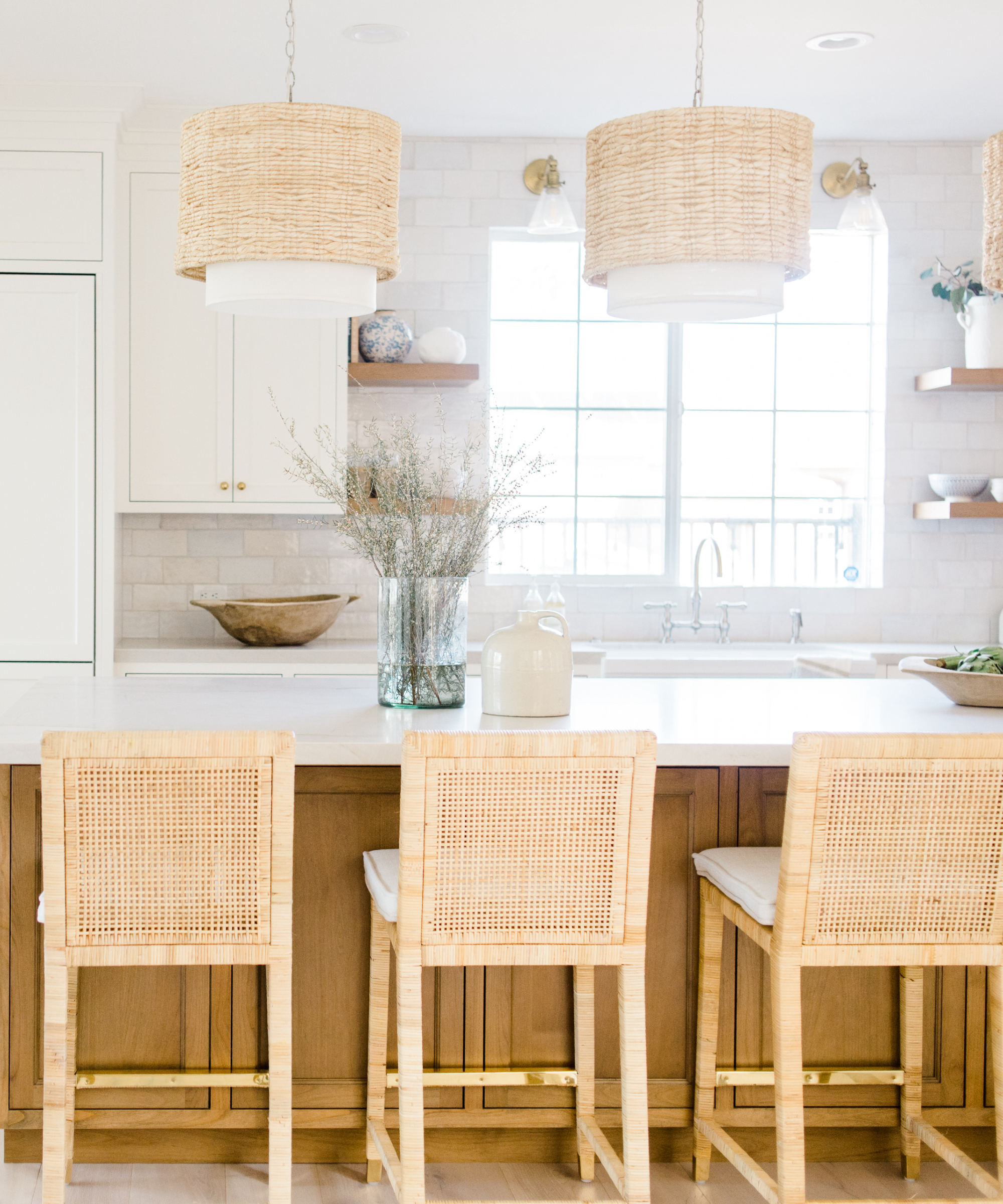
As wood is a porous, natural material, it tends to be softer, and therefore more susceptible to scratching, denting and damage.
'Steel wool can scratch the finish and damage the wood, especially if it's untreated,' says cleaning expert Zanelli. 'The fibers can also break off and leave behind tiny metal shards that rust over time, ruining the surface.'
Instead, to clean wood furniture, surfaces, and real wood floors, use cleaners specifically formulated for the job. You can also try a DIY solution to cleaning your floors, by cleaning with vinegar.
6. Ceramic and porcelain

'Steel wool is far too abrasive for most ceramic tiles,' says cleaning expert Zanelli. 'It can damage the glazed surface, making the tiles lose their sheen and even causing deep scratches that collect dirt, making future cleaning harder.'
Instead, use a product such as MRS. MEYER'S CLEAN DAY Tub and Tile Cleaner available at Amazon. This can be used to remove soap scum and hard water stains, with a light refreshing scent and a formula that's Leaping Bunny certified. It can also be used to clean tile floors and make them shine.
7. Cast-iron skillets

Investing in one of the best cast iron skillets is a brilliant way to improve your cooking prowess, knowing how to clean a cast iron skillet will not only protect your pan – it will improve its performance, too.
Professional cleaner Gazzo warns against using steel wool to do so. 'Cast iron skillets are supposed to be seasoned with oil to create a non-stick layer,' he explains. 'If you scrub them with steel wool, you will damage that coating.'
Instead, Gazzo recommends using the Lodge SCRAPERPK Durable Polycarbonate Pan Scrapers available at Amazon, and not using soapy water 'unless absolutely necessary.'
8. Chrome fixtures
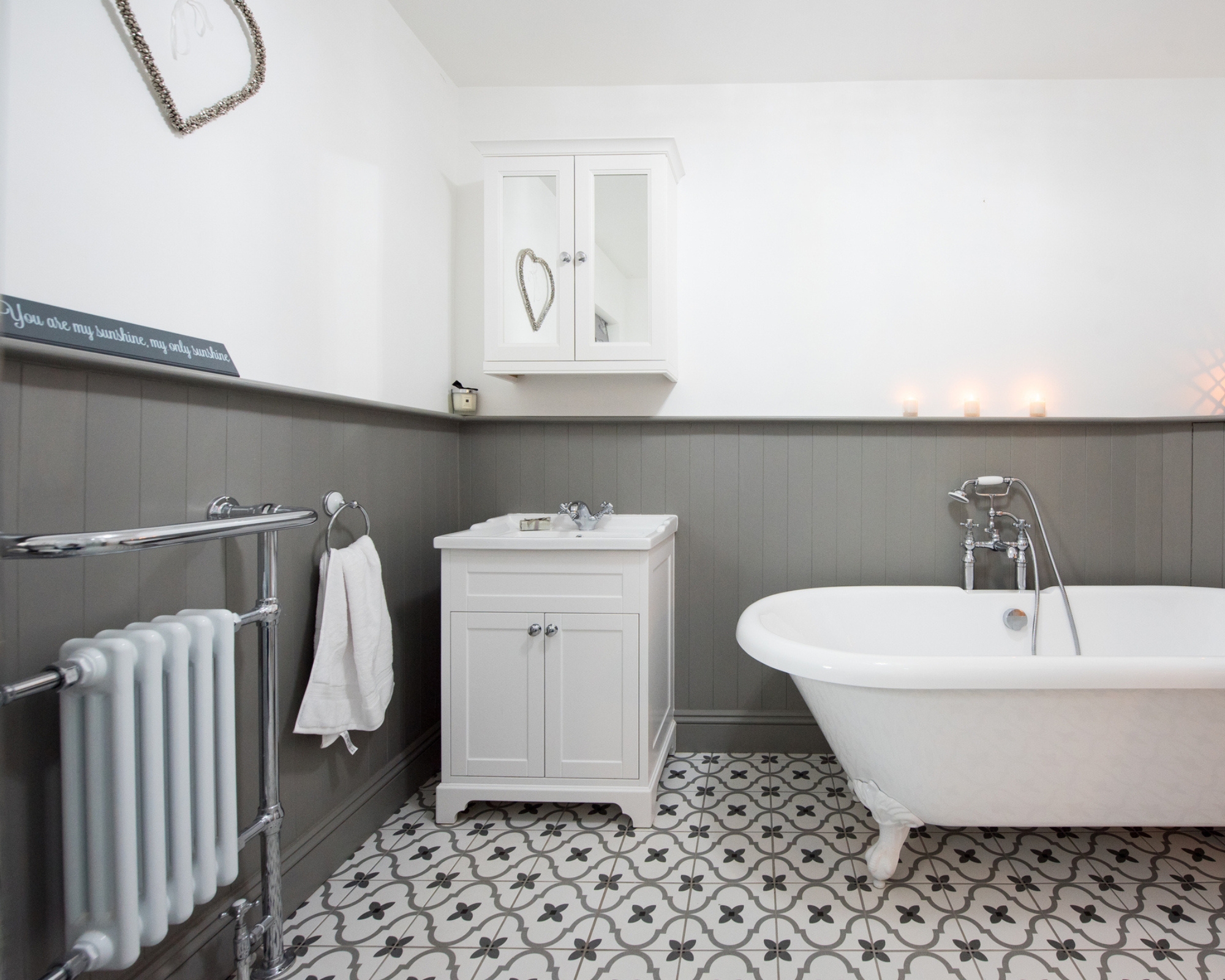
If you love the chrome decor trend, steer clear of using steel wool to clean chrome faucets, warns cleaning expert Zanelli.
'Similar to stainless steel, chrome is prone to scratching,' she says. 'Using steel wool can ruin the polished finish and expose the material underneath to oxidation.
'Instead of steel wool, we recommend using Scotch-Brite Dobie Pads (available at Amazon) for a gentler but still effective clean. They work well on a variety of surfaces without risking damage.'
When tackling the hardest of household cleaning tasks, it can be tempting to reach for the strongest cleaning agent available and get to work. More often than not, however, a more delicate hand will do the job more efficiently. So, put the steel wool away, and grab a cloth instead. It might need a little more elbow grease, but your home will thank you for it in the long term.

Ottilie joined Homes & Gardens in 2024 as the News Writer on Solved, after finishing a Master's in Magazine Journalism at City, University of London. Now, as the Sleep Editor, she spends her days hunting deals and producing content on all things sleep – from mattresses and sheets to protectors and pillows, all of which she tests in her own home. She also has particular expertise in home fragrance, covering everything from candles to reed diffusers.
Previously, she has written for Livingetc and Motorsport Magazine, and also has a Master's degree in English Literature and History of Art from the University of Edinburgh, where she developed a love for inspiring interiors and architecture.


